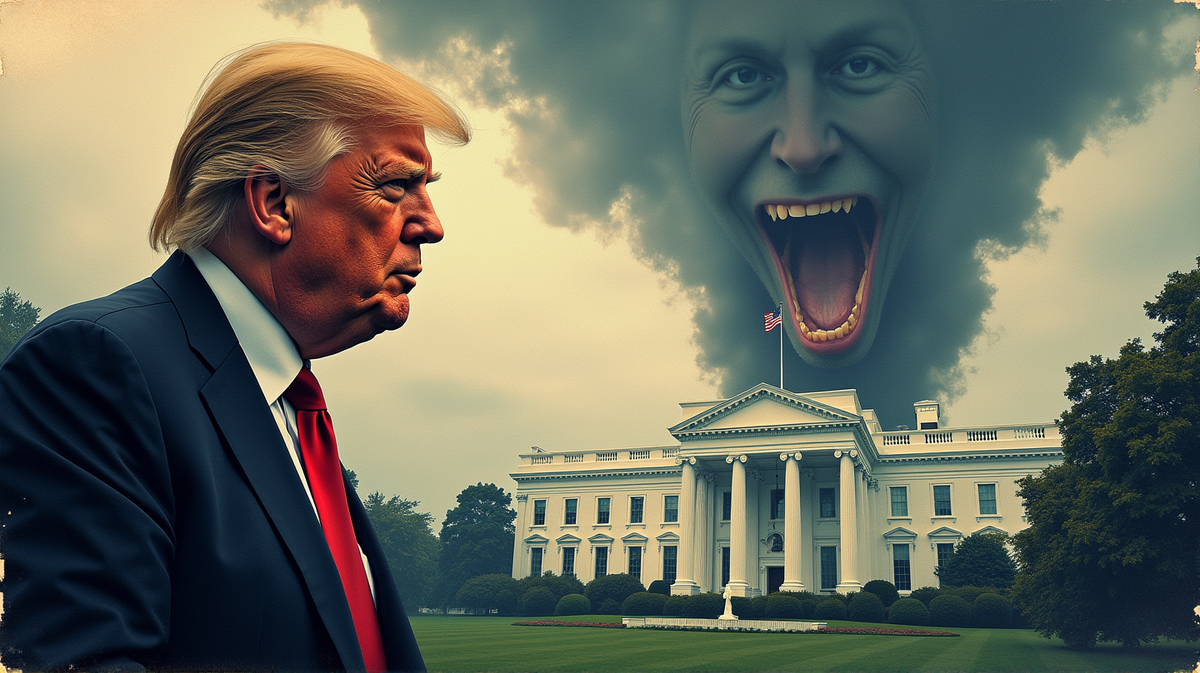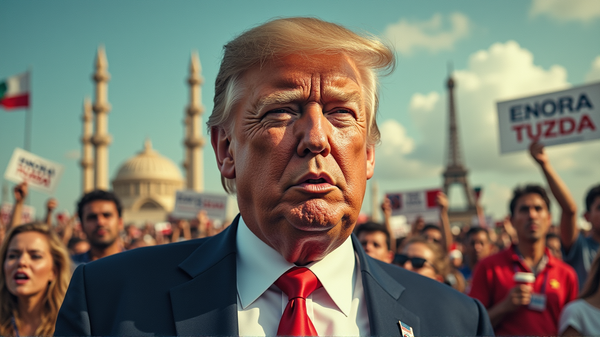Trump's Bold Move: The Firing of a Fed Governor and Its Implications
Trump dismisses Fed governor Lisa Cook over mortgage fraud claims, raising alarm over the central bank's autonomy.

The recent dismissal of Federal Reserve governor Lisa Cook by President Donald Trump marks a noteworthy confrontation in the ongoing discourse regarding the Fed’s cherished independence, a core principle in American economic policy. This move has set economists, investors, and policymakers abuzz with conjectures about what comes next for the US central bank.
Allegations Ignite the Spark
Trump posted on his Truth Social platform, firing Lisa Cook over alleged mortgage fraud claims brought forth by Bill Pulte, a Trump appointee. Cook had insisted on retaining her position, highlighting the turbulence within the Fed amidst Trump’s efforts to project greater influence. According to The Guardian, such maneuvers are perceived as Trump’s ongoing attempt to influence the institution’s behavior during crucial economic periods.
A Historical Perspective on Independence
Historically, the independence of the Fed has been its bulwark against political interference. Dating back to the painful inflation of the 1970s, policymakers learned the pivotal role that autonomous decision-making plays in economic stability. For instance, when Arthur Burns yielded to Richard Nixon’s demands, inflation surged, underscoring the costs of undermining Fed autonomy. Paul Volcker’s tenure later demonstrated why independent decision-making could stabilize inflation but at high economic costs.
The Economic Impetus Behind Trump’s Actions
President Trump’s fiscal policies have always favored growth-boosting strategies—often at odds with Powell’s cautious stance. As inflation threats loom, leaving interest rates untouched seems anathema to Trump’s economic stimulation narrative. The resulting discord escalates as Trump seeks to drive interest rates down, directly influencing the economy’s borrowing costs and inflation control measures.
Market Reactions to Federal Intrusion
The specter of political intervention in the Fed, particularly via forced expulsions like Cook’s, sends ripples through financial markets. Investors are wary of increased volatility should political objectives warp the Fed’s historically stable and predictable policy actions. Such interference could mirror the historical instance when Nixon pressured Burns, leading to significant economic ramifications.
Legal Hurdles and Prospects
While presidents may not casually dismiss a Fed chair over policy disagreements, grounds perceived as “for cause” are a different ball game. As rumors swirl around Powell’s potential removal over a $2.5bn building renovation project, legal battles loom large. Trump’s legal strategy seeks to redefine the boundaries of presidential power over the Fed’s governance, likely culminating in a landmark Supreme Court decision.
This drama encapsulates the critical tension between political influence and economic independence—a key determinant of America’s financial future. The unfolding implications of this saga will resonate through the corridors of power, offering an enthralling narrative where the stakes couldn’t be higher. This ongoing narrative captures both Washington’s intrigue and Wall Street’s apprehensions.





